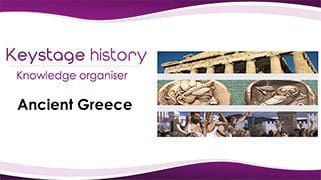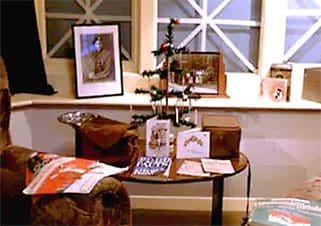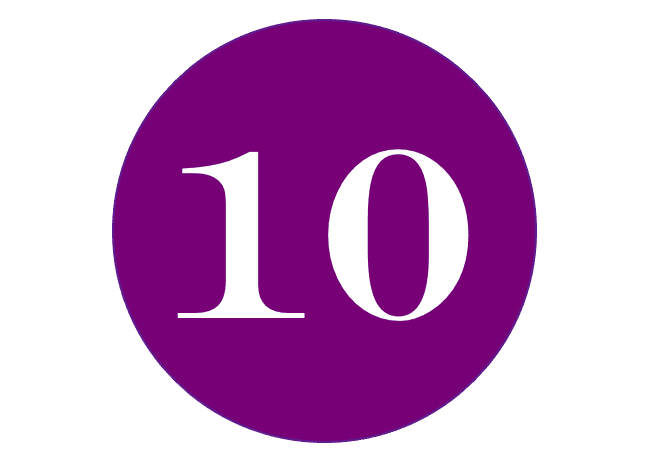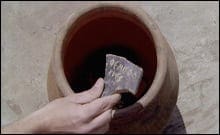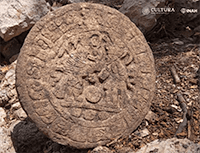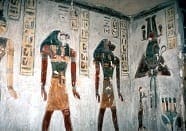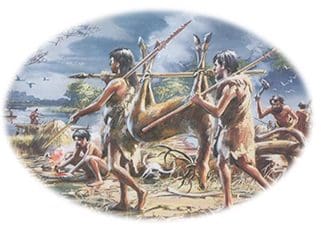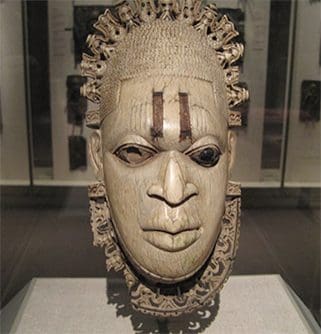
Using evidence to study Benin
This lesson revolves round four principal activities: Fastest Finger First; Mining for meaning, using an artist’s illustration; Call My Bluff which creatively uses images of mystery objects; and Curator’s dilemma. The emphasis is on looking at a range of evidence and drawing tentative conclusions from it.
Introduction
By way of a more arresting start to the session, show pupils the image on slide 2 of the PowerPoint presentation. In pairs can they play Fastest Finger First? With a copy of the picture in front of them, pupils take it in turn to find something in the picture that they think tells us about 11th century Benin. They point at the relevant part of the image and then have to say simply what it is. This quick, ‘easy access’, task is designed to give lower-attaining pupils some confidence using the unfamiliar material. Ask for quick

